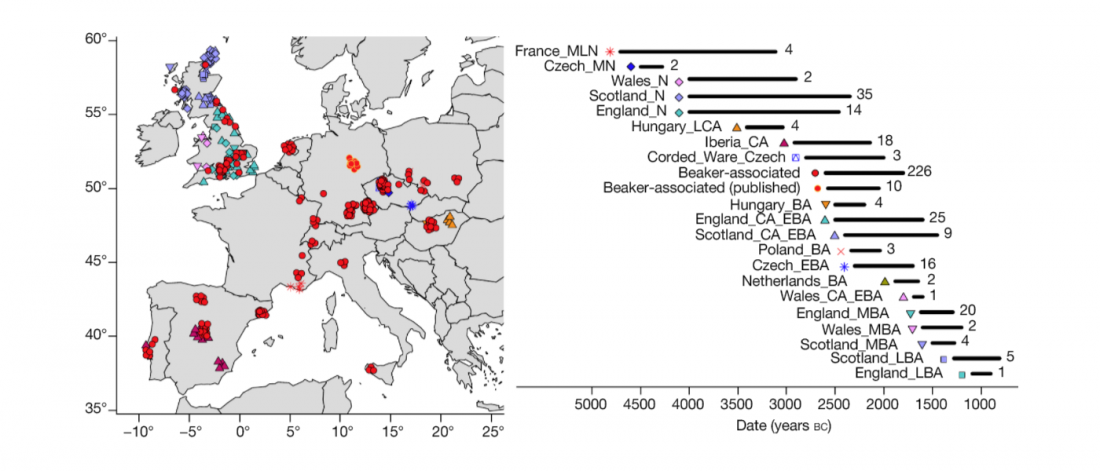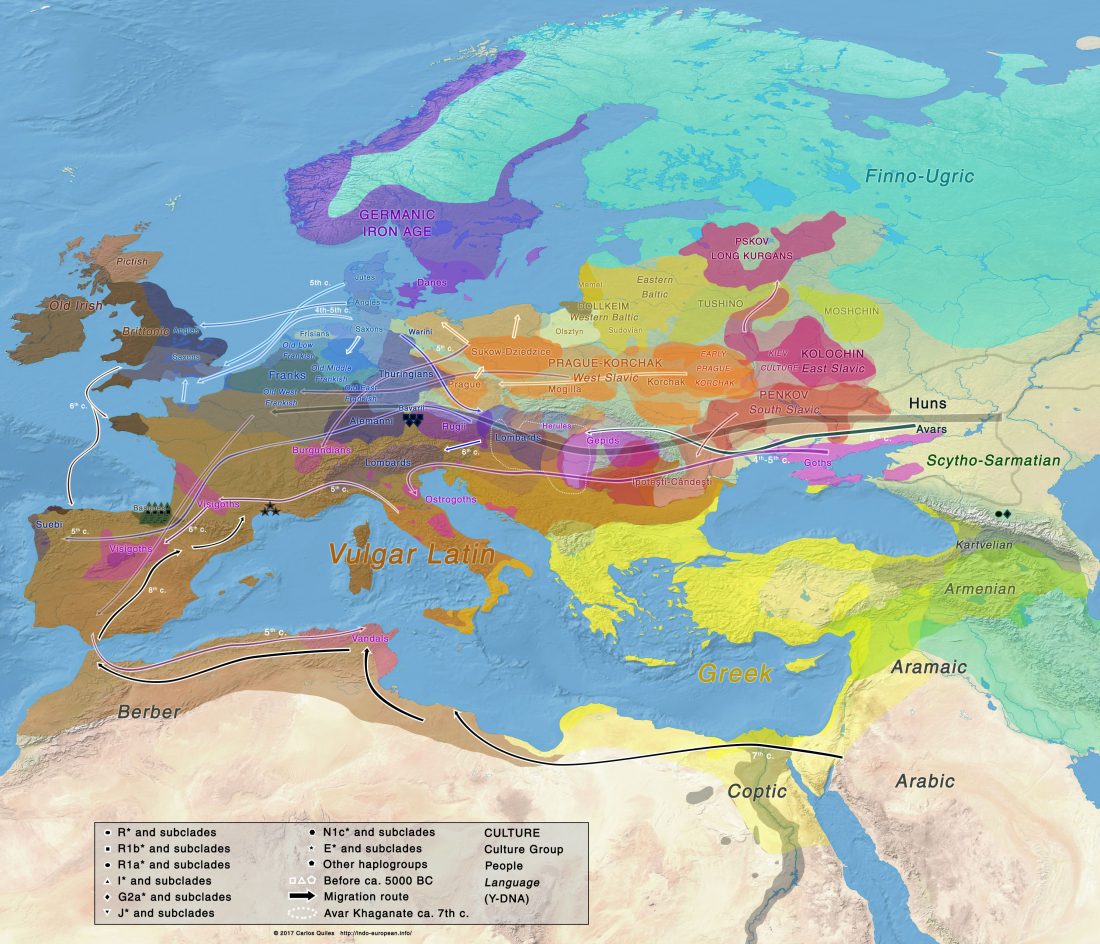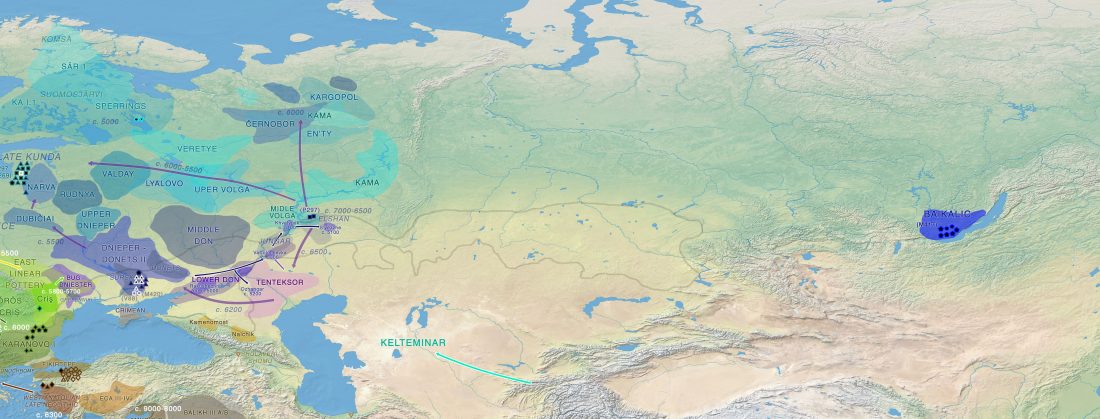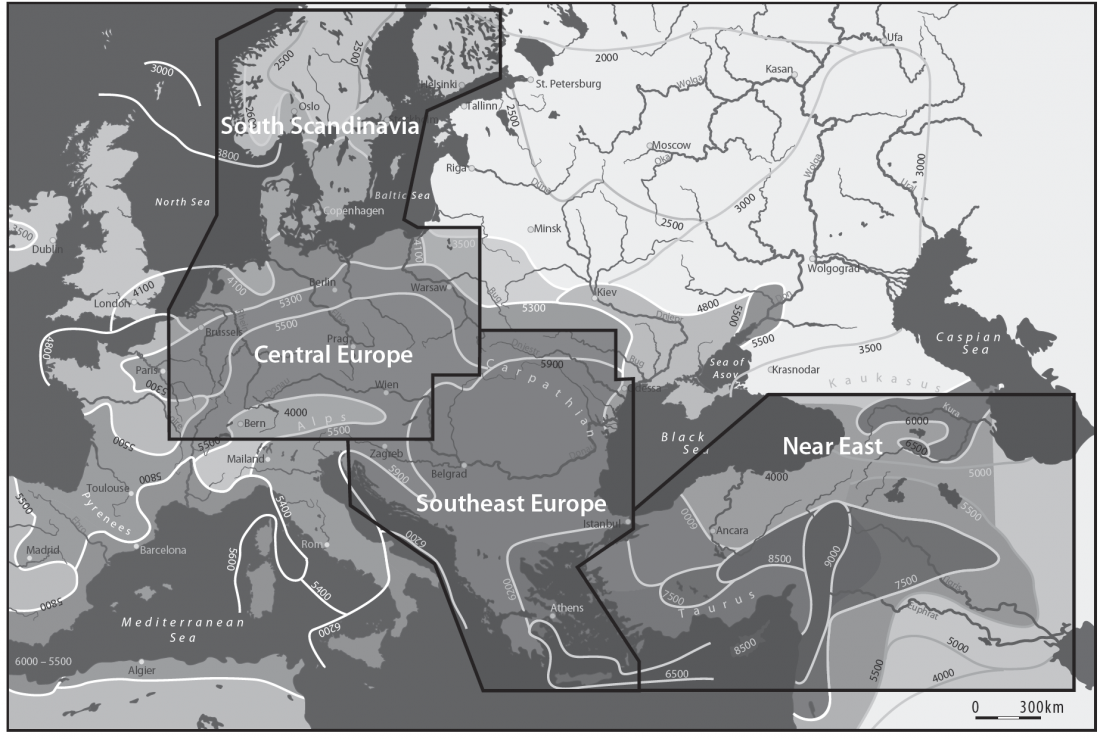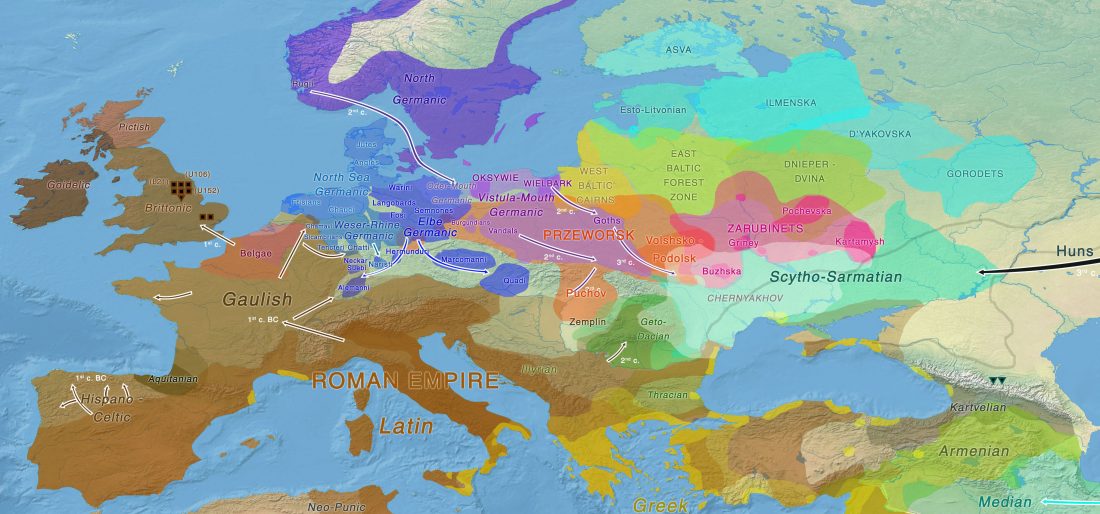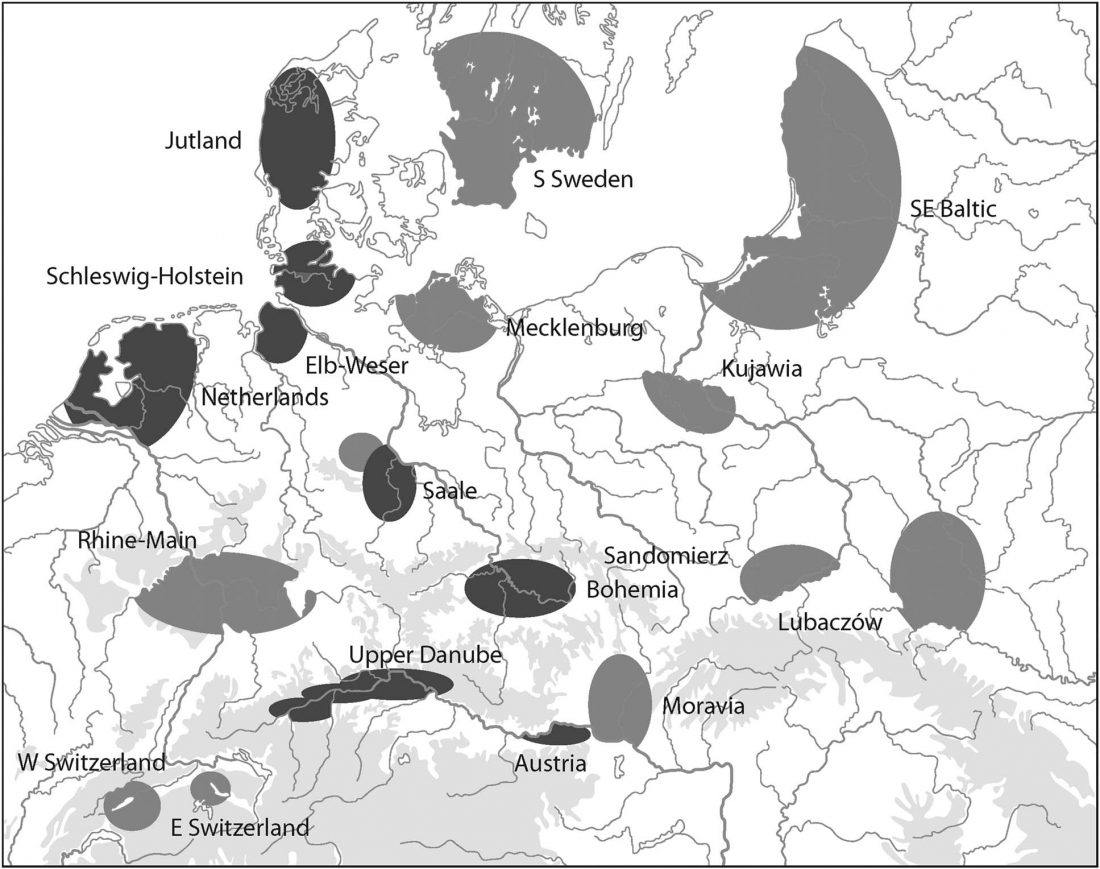Reactionary views on new Yamna and Bell Beaker data, and the newest IECWT model
You might expect some rambling about bad journalism here, but I don’t have time to read so much garbage to analyze them all. We have seen already what they did with the “blackness” or “whiteness” of the Cheddar Man: no paper published, just some informal data, but too much sensationalism already.
Some people who supported far-fetched theories on Indo-European migrations or common European haplogroups are today sharing some weeping and gnashing of teeth around forums and blogs – although, to be fair, neither Olalde et al. (2018) nor Mathieson et al. (2018) actually gave any surprising new data … Read the rest “Reactionary views on new Yamna and Bell Beaker data, and the newest IECWT model”
